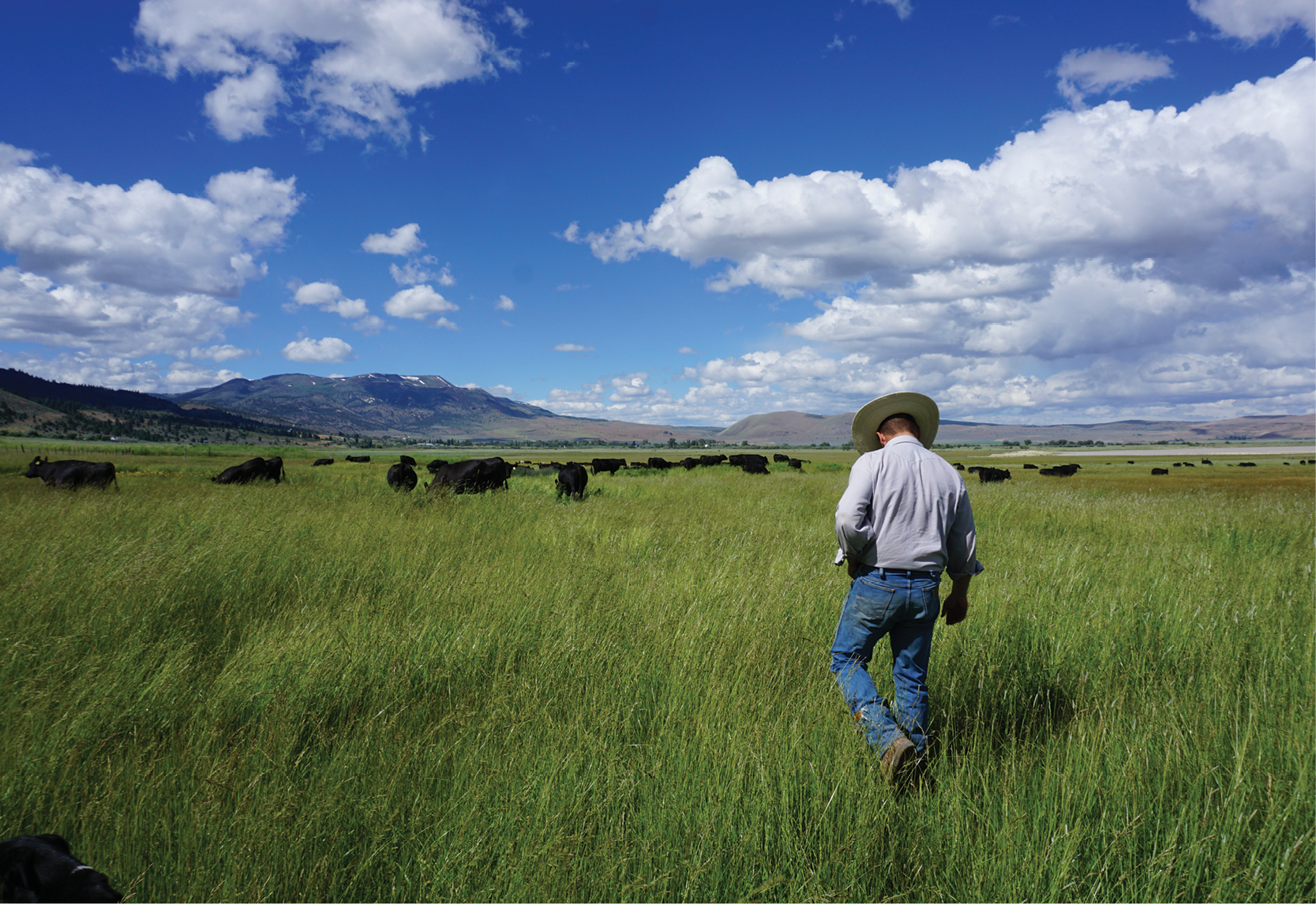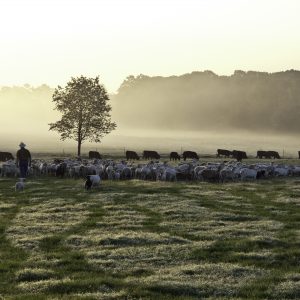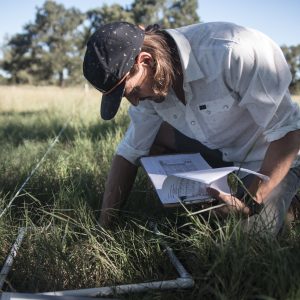The United Nation’s Food and Agriculture Organization projects that our planet has just 60 harvests left. That’s 60 years at our current rate of soil degradation before we completely lose the ability to produce food and fiber.
As stewards and advocates of the outdoors, we raise our fists to fight for wildlife conservation, climate change, healthy food, access to water, public lands, the impoverished, animal welfare, and so many other worthy causes. So where’s the outcry over how we’re mismanaging our lands into extinction?
Thankfully, there’s a growing movement in agriculture taking a holistic approach towards land management. Farmers and ranchers are honoring the symbiotic relationships between land and animal, mimicking the ancestral movement patterns of grazing animals that have built and sustained ecological health for millenia.
By doing so, they’re not just producing meat, wool and leather, but they’re also rebuilding topsoil, sequestering carbon, improving water-holding capacity, and regenerating ecosystems back to health. As advocates of the outdoors, you’d expect to find more products in our market that are sourced directly from those following this gold standard of land stewardship. Why doesn’t the wool and leather used to make our outdoor goods reflect our values?
The food industry, having long promoted sustainability, has taken notice. Merely sustaining our existence using the current system is not enough. Brands like EPIC Bar and Patagonia Provisions are already moving beyond sustainability to embrace regenerative agriculture. By sourcing raw materials that provide a net positive to the environment, they’re supporting farmers and addressing ecological, economic and social issues simultaneously.
The outdoor industry has made great strides by sourcing organic fibers, ensuring fair labor practices, reducing pollution, and improving supply chain transparency, but there’s an opportunity to take sourcing a step further. As creators, distributors and ultimately decision-makers for which fibers end up in the supply chain, brands hold the power to support land-regenerating agriculture. The North Face is the first to dabble in regenerative agriculture via their Climate Beneficial wool beanie, a product sourced using Fibershed, a regional group of fiber producers in northern and central California.
On the global front, organizations like the Savory Institute, which has been teaching regenerative grazing practices for decades, are moving to help brands source materials from verified regenerative suppliers. As a nonprofit with a global network of regenerative farmers, ranchers and pastoralist communities, their new Land-to-Market program will measure ecosystem health over time to provide verification of regenerative claims that outdoor brands can make. This will give companies access to farmers practicing the gold standard of land stewardship, as well as robust empirical data supporting regenerative claims and ability to use a consumer-facing certification mark indicating that they can trust these verified ecological outcomes.
Once consumers have the ability to trust the sustainability claims brands are making and distinguish regenerative products from their destructive alternatives, we’ll create a beautiful unity across all industries. Foodies, environmentalists, fashion consumers and outdoor enthusiasts alike will be able to vote for regenerative food and regenerative fiber with their purchasing dollars. In turn, we’ll be restoring ecosystems back to health and buying ourselves more time on the planet we hold so dear.
Images courtesy of Jefferson Center for Holistic Management, White Oak Pastures and Epic Provisions.
Bobby Gill
This article was originally published in RANGE Magazine Issue Nine.


